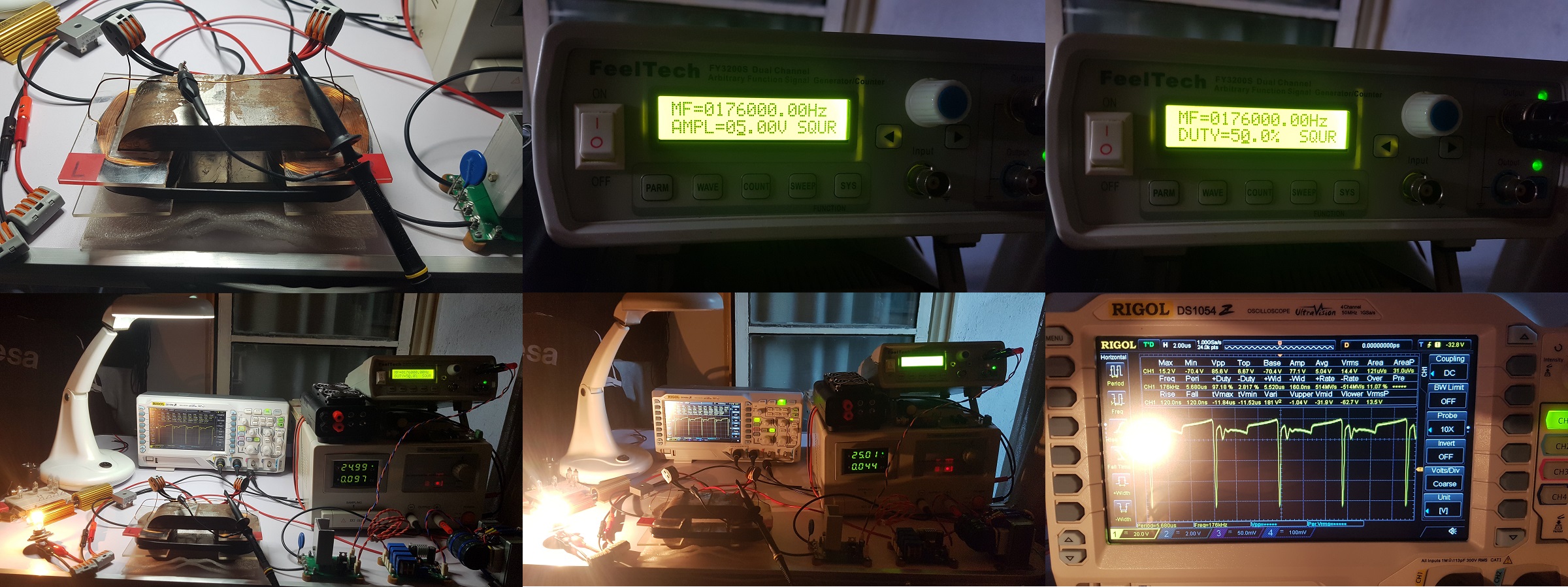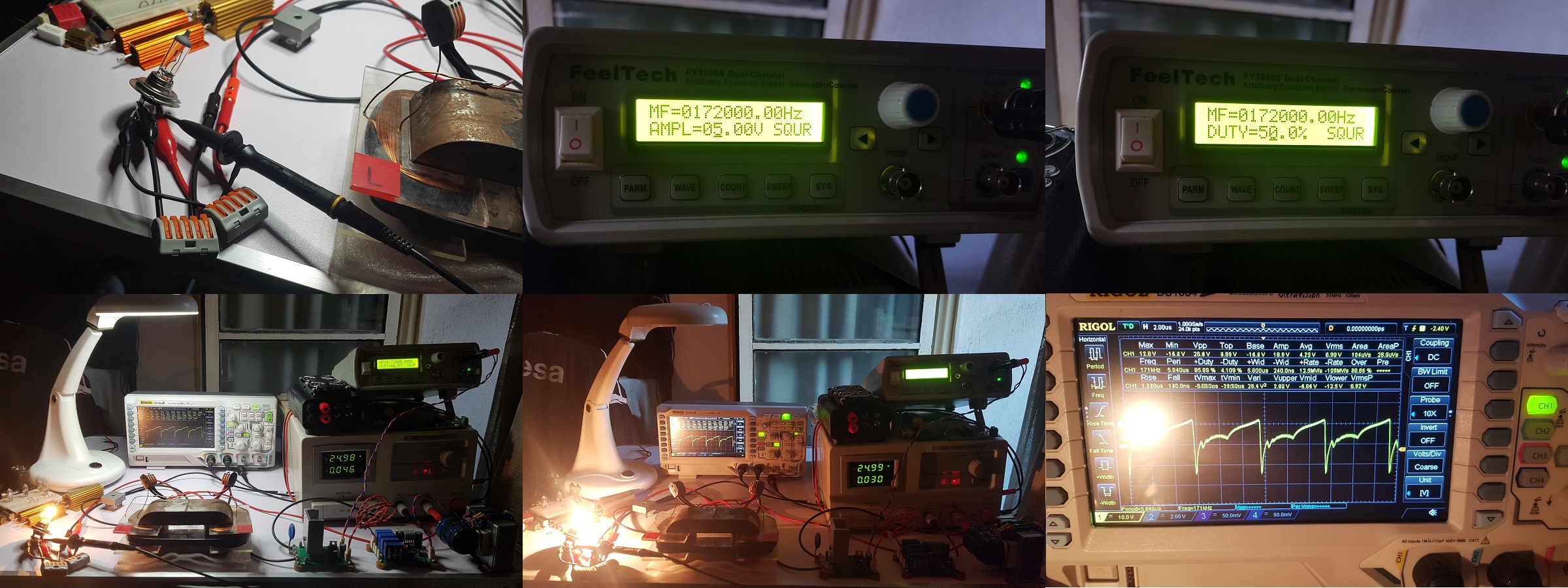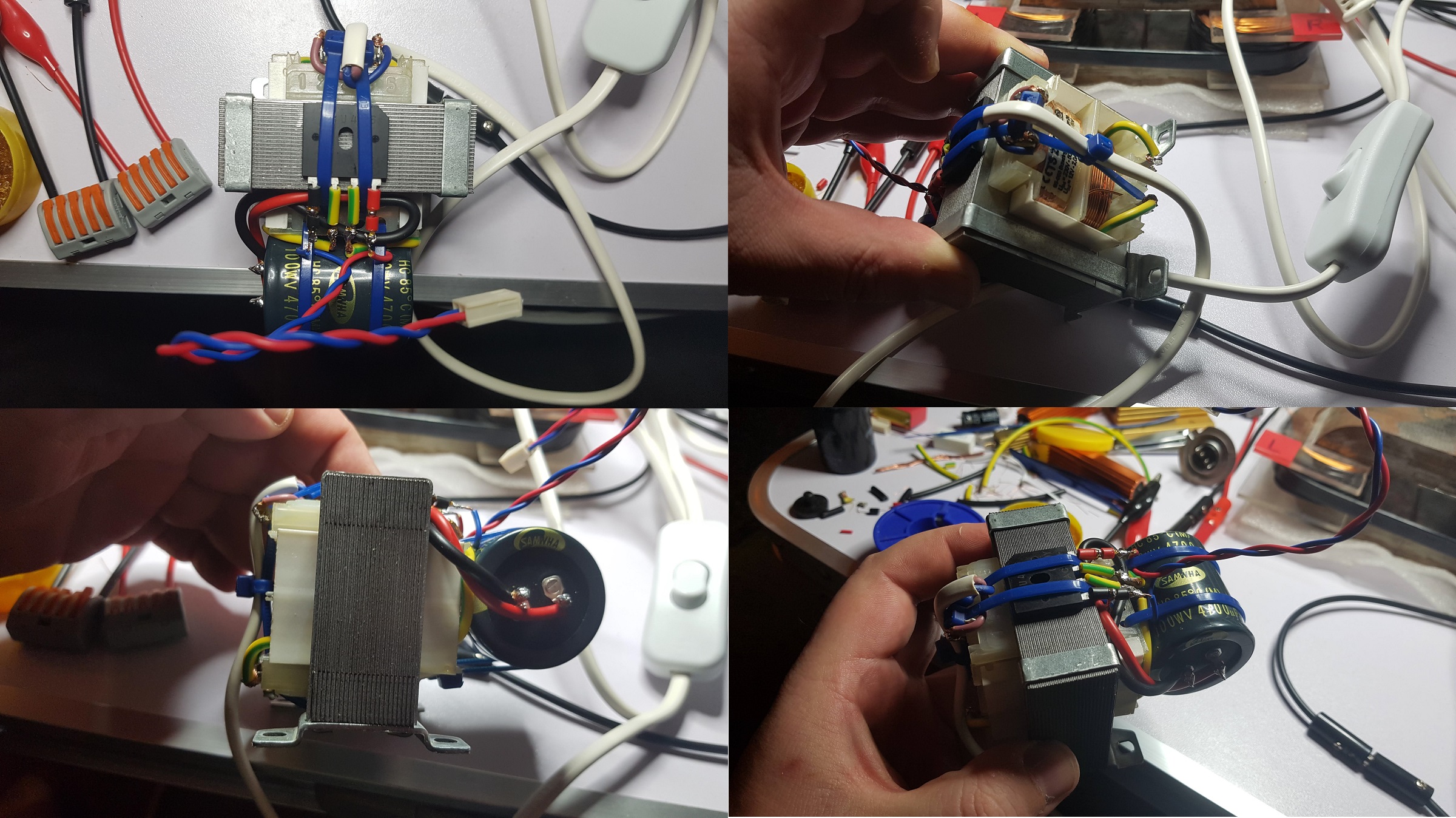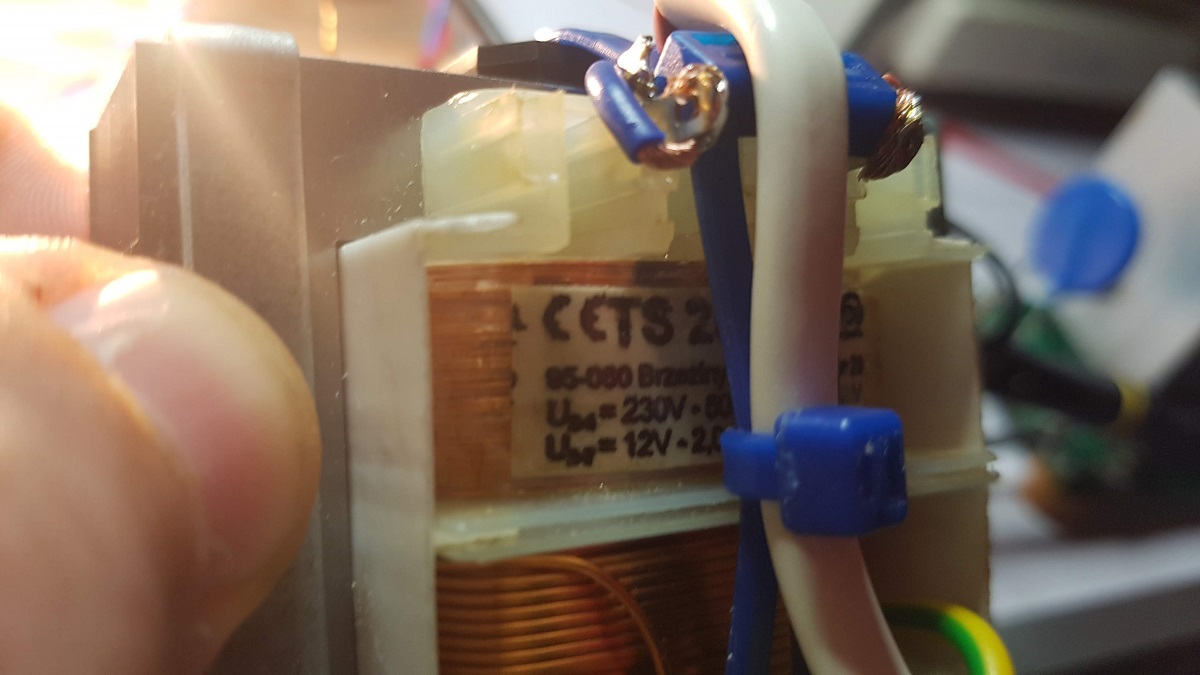Fighter
posted this
14 October 2019
Today I found about one free hour so I've experimented with ZPM and Vidura's PowerTool.
I recorded this video:
Sorry I'm not that good at presenting, while i was talking I tried to not miss anything relevant therefore the pauses/delays - while talking I was always thinking what to talk about next.
Here are some images taken with this configuration.
In these images I have the oscilloscope's probe connected directly on ZPM's output:

And in these images I have the oscilloscope's probe connected on the light-bulb's pins:

MOSFET driver but the cause could be that my driver is using one of those Cree MOSFETs, I intend to use one of those on the PowerSwitch in the near future.
A difference I noticed is the light emitted by the light-bulb on output seems to be pulsing at high frequency but it's noticeable, this is not something bad it's just something different.
As it happened with my MOSFET driver too, the MOSFET's radiator on the PowerSwitch is becoming very hot in 20-30 seconds so in order to be able to have longer experiments I'll need to build a active cooling system for the PowerSwitch like I did for my MOSFET driver.
| "If you want to find the secrets of the universe, think in terms of
energy, frequency and
vibration." |
|
|
Nikola Tesla |








